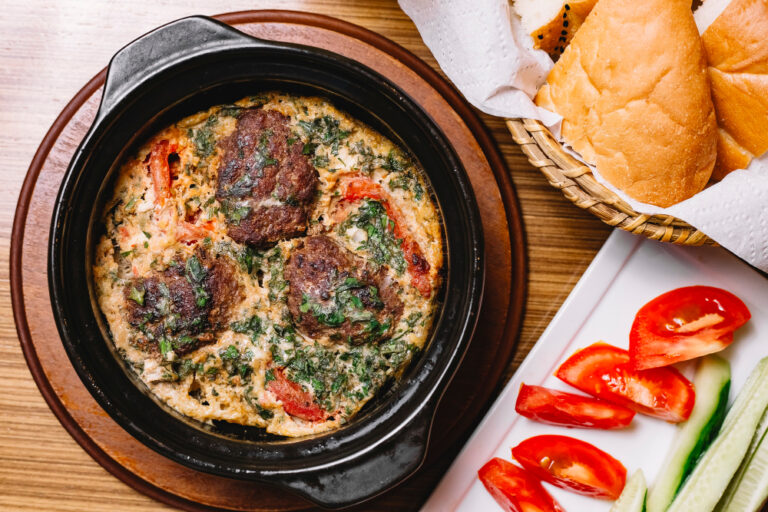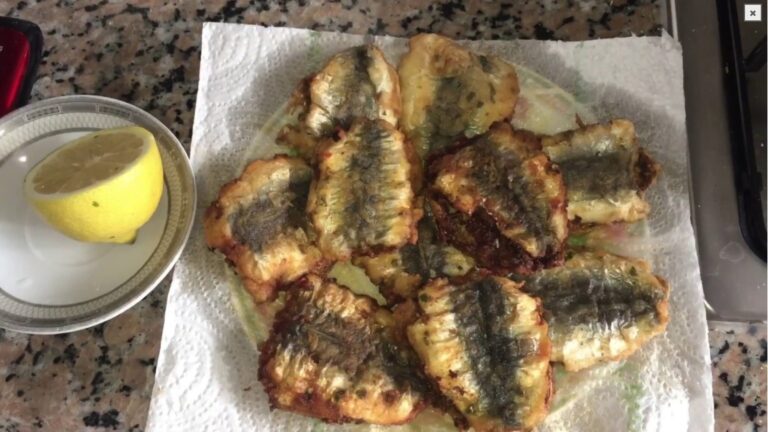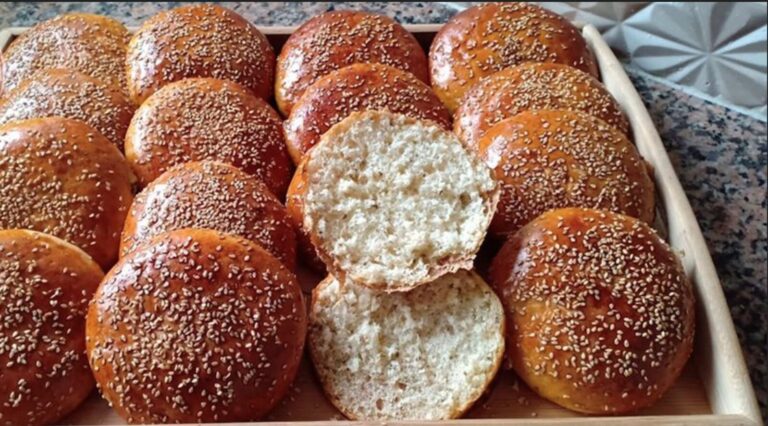
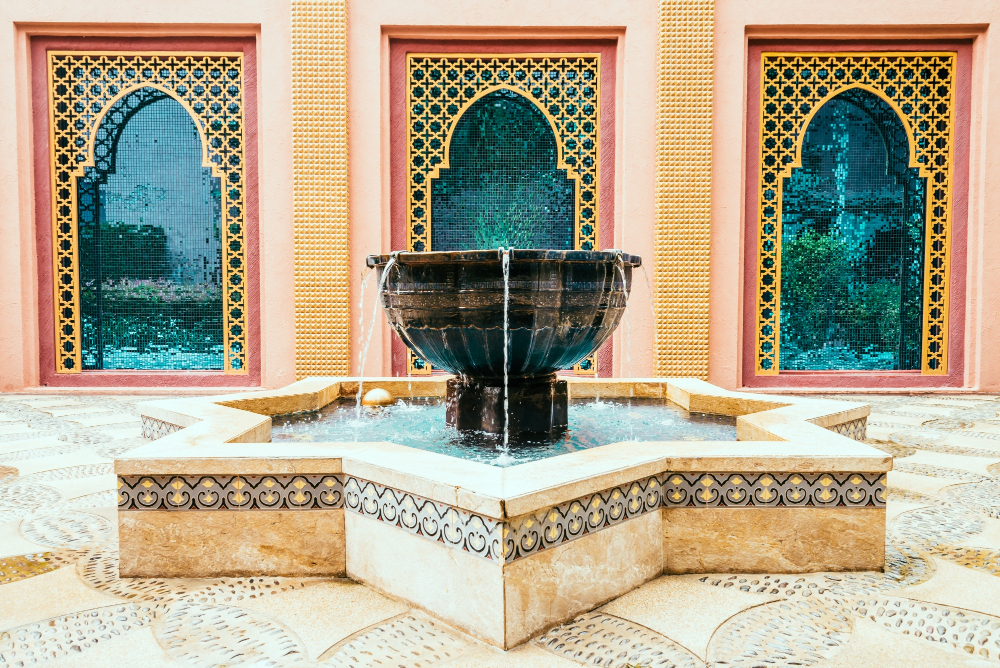
When you walk through the old medinas of Morocco, it’s impossible not to stop and marvel at the breathtaking mosaics that adorn palaces, fountains, mosques, and riads. These intricate geometric designs, known as Moroccan zellij – the art of decorating walls and buildings with tiles, represent centuries of craftsmanship, spirituality, and cultural pride.
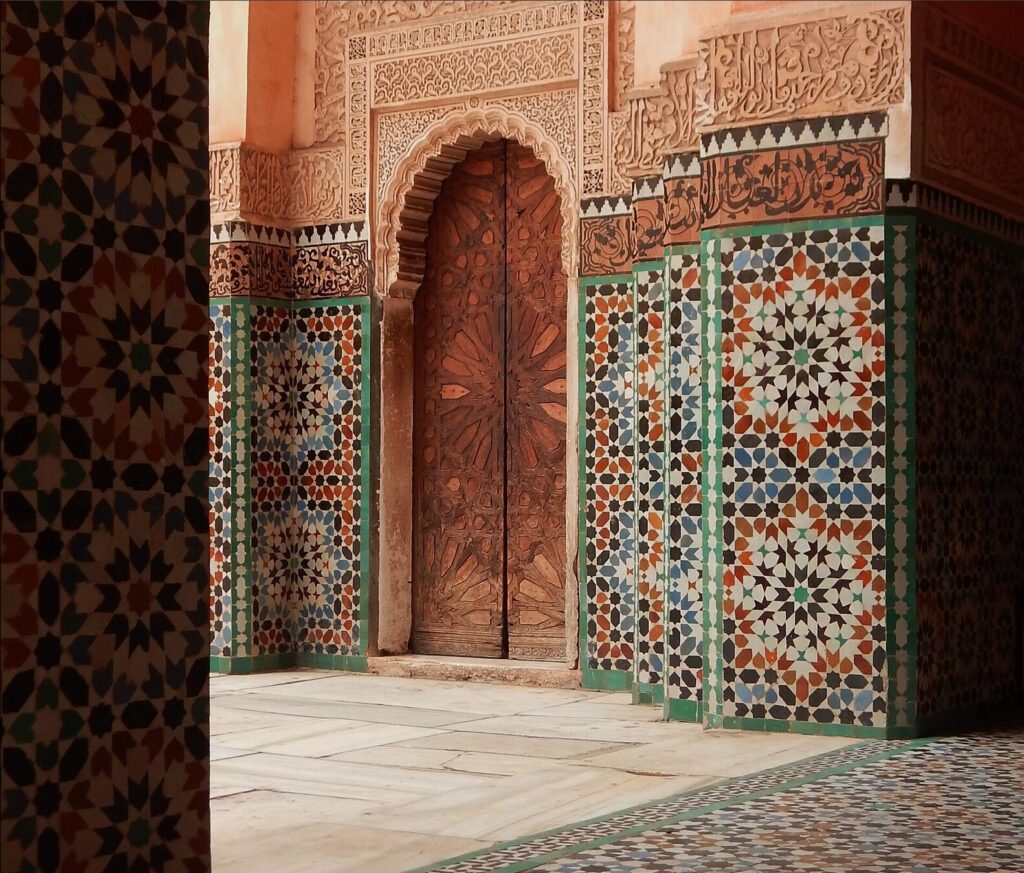
Zellij is not just decoration; it’s a living heritage — one that tells stories through color, pattern, and precision. From the grand courtyards of Fès to the vibrant streets of Marrakesh, this traditional art continues to fascinate travelers from all around the world.
The Essence of Moroccan Zellij
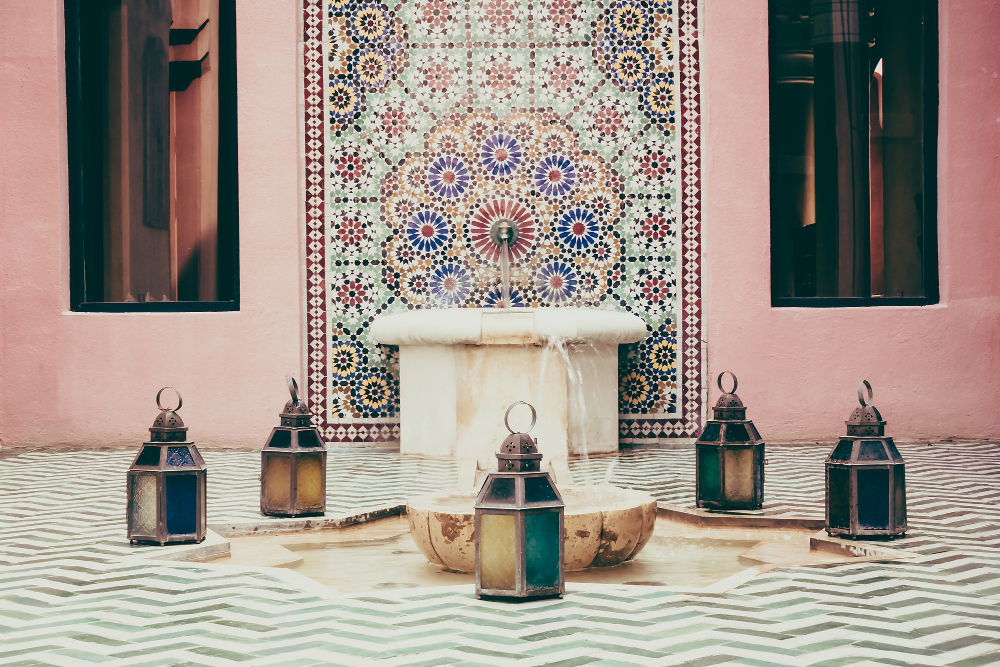
Zellij (sometimes spelled zellige) is a form of Islamic geometric tilework made from individually chiseled ceramic tiles. The technique dates back to the 10th century, rooted deeply in Andalusian and Moroccan culture. The word “zellij” comes from the Arabic zallīj, meaning “polished stone.”
A Symbol of Geometry and Faith
The art of Moroccan zellij is more than aesthetic beauty — it reflects spiritual philosophy. Artists believe that the repeating patterns and interlocking designs mirror the infinite nature of creation and the harmony of the universe. This is why you often find zellij in mosques, madrasas, and royal palaces, symbolizing both divine order and human creativity.
For example, the famous Bou Inania Madrasa in Fès showcases some of the most detailed zellij patterns in the world, blending glazed ceramic tiles with carved cedarwood and stucco. You can learn more about the city’s history on Wikipedia: Fes.
Where to Experience Moroccan Zellij
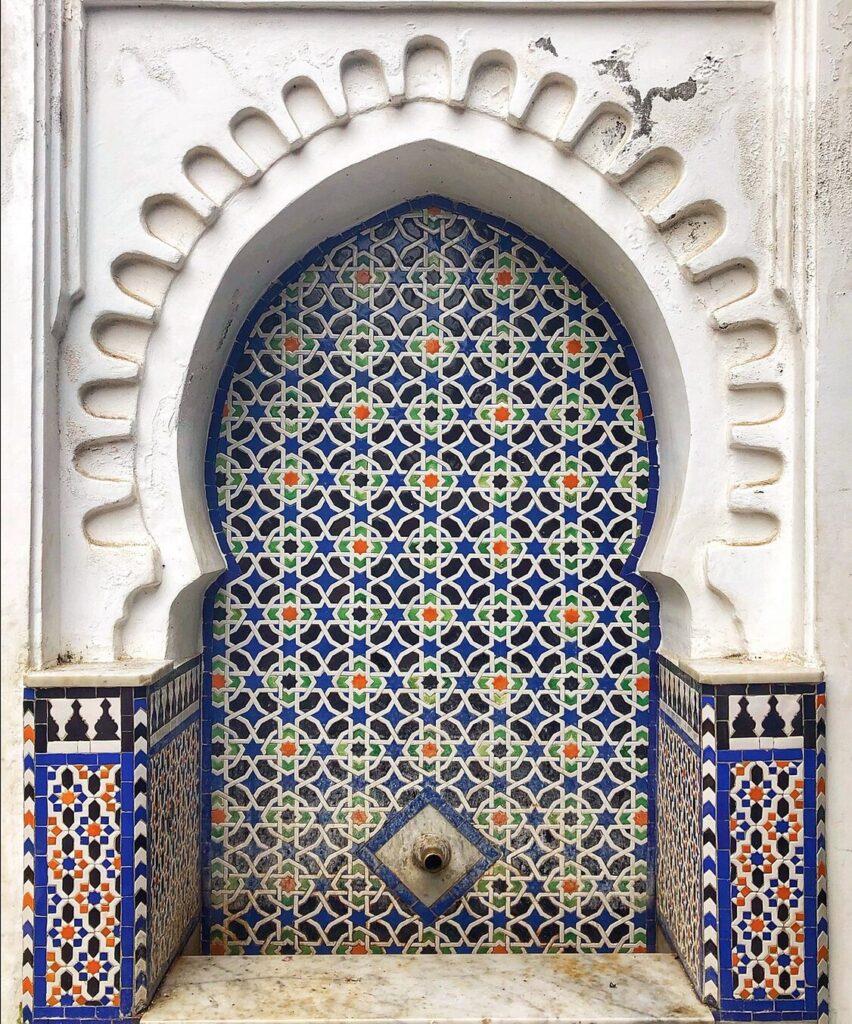
If you want to truly understand Moroccan zellij – the art of decorating walls and buildings with tiles – you must experience it firsthand. Here are some of the top destinations where this stunning craftsmanship comes to life:
1. Fès – The Cradle of Zellij
Known as Morocco’s spiritual and cultural capital, Fès is the birthplace of zellij. The city’s Medersa Bou Inania and Dar Batha Museum feature exquisite examples of ancient tilework. Walking through the narrow alleys of Fès el-Bali, you’ll find artisans still cutting tiles by hand, using the same methods as their ancestors.
2. Marrakesh – The Red City of Contrasts
In Marrakesh, zellij adds a splash of color to the city’s red clay architecture. Visit the Bahia Palace, where hundreds of thousands of small tiles create breathtaking floral and star-shaped mosaics. The Ben Youssef Madrasa, one of the largest in North Africa, is also a masterpiece of zellij art and Moroccan architecture.
3. Meknès and Rabat – Royal Splendor
The imperial cities of Meknès and Rabat feature impressive examples of zellij used in monumental gates, fountains, and courtyards. The Mausoleum of Mohammed V in Rabat combines white marble with colorful zellij to create a design that feels both regal and spiritual. Learn more about the city’s rich heritage on Wikipedia: Rabat.
4. Chefchaouen – Blue Meets Tile
In the charming blue city of Chefchaouen, zellij tiles often blend with painted walls, giving the town a uniquely artistic feel. Many local riads and hotels use zellij as part of their decor, creating an atmosphere of tranquility and tradition.
The Craftsmanship Behind the Beauty
Creating Moroccan zellij is a delicate process that requires patience, precision, and artistry. Each tile — known as a furmah — is hand-cut from a square of glazed terracotta using a small hammer called a menqach.
The Process of Creation
- Designing the pattern: The master craftsman (maalem) draws the geometric design using precise mathematical proportions.
- Cutting the tiles: Artisans cut and shape each tile to fit the overall design.
- Arranging and assembling: The tiles are placed face down into wooden molds and cemented from behind, forming a panel.
- Polishing and finishing: Once dry, the piece is polished to reveal the vibrant colors and perfect symmetry.
Every pattern — whether a star, rosette, or polygon — has a meaning. For instance, an eight-pointed star often symbolizes balance and cosmic order.
Zellij in Modern Morocco
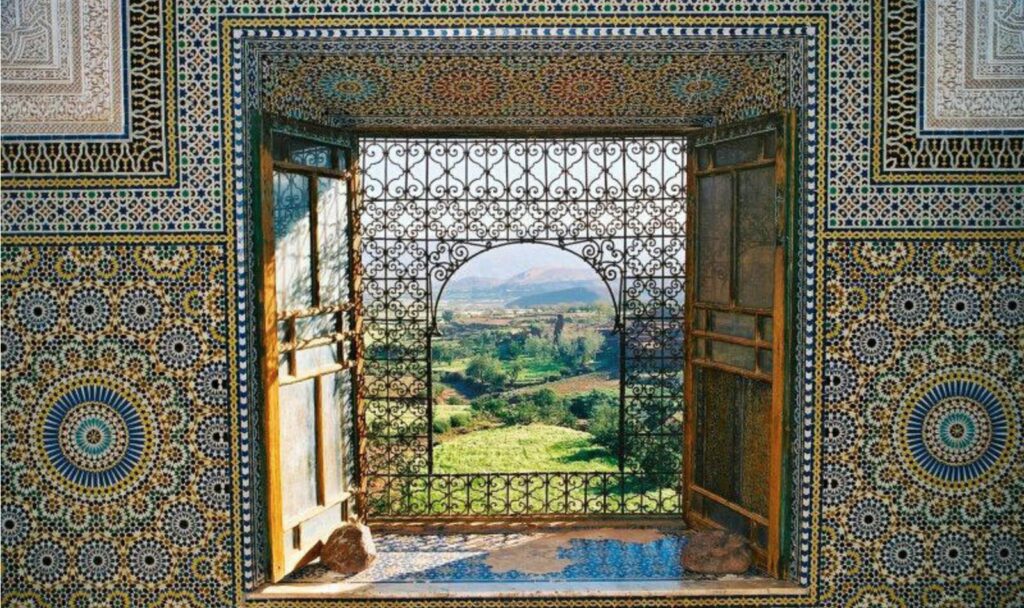
While traditional zellij continues to be used in heritage buildings, modern Moroccan designers are giving it a contemporary twist. Today, you’ll find zellij-inspired decor in hotels, cafes, and modern homes across Casablanca and Agadir.
Many artists now use zellij patterns in furniture, jewelry, and textiles, celebrating Morocco’s artistic roots in new, creative ways. Even international architects have started incorporating Moroccan tilework into their designs, bringing this centuries-old art to a global stage.
Traveler Tips and Cultural Insights
- Visit artisan workshops: Head to the Seffarine Square in Fès to see zellij masters at work. It’s mesmerizing to watch them shape each tile by hand.
- Buy authentic souvenirs: You can find handmade zellij tables, mirrors, and fountains in artisan souks. Avoid mass-produced imitations — authentic pieces are made with clay, not plastic.
- Photography tip: Early morning or late afternoon light enhances the vibrant glaze colors, perfect for travel photography.
- Cultural respect: When visiting religious sites, dress modestly and avoid touching zellij panels in mosques or shrines.
Real Stories from Travelers
Many travelers describe their first encounter with zellij as “love at first sight.” One visitor to Fès wrote that she felt like she was “walking inside a mosaic painting.” Another in Marrakesh shared how the symmetry of the tiles made her feel calm, as if “everything in life had order and meaning.”
These personal reflections reveal why zellij resonates so deeply — it connects art, mathematics, and spirituality into one beautiful experience.
Future of Zellij and Sustainable Craft
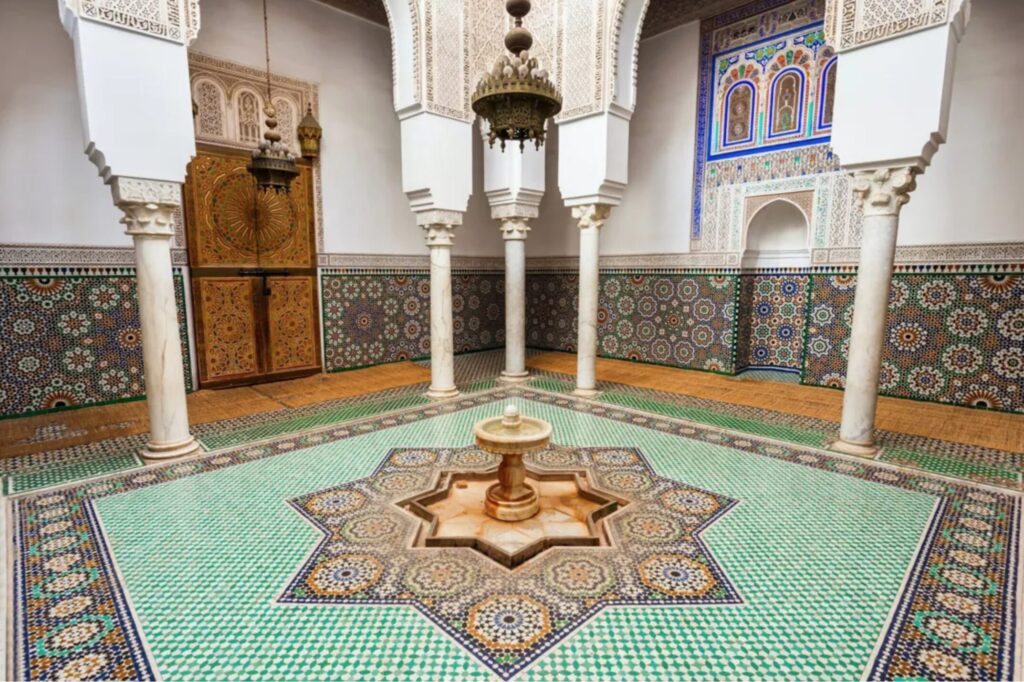
Morocco is making strong efforts to preserve zellij craftsmanship by supporting local artisans and training new generations. Schools like the École des Arts et Métiers Traditionnels de Fès teach traditional ceramic and tile-making techniques to young apprentices.
With Morocco’s increasing focus on cultural tourism and heritage preservation, the future of zellij looks brighter than ever. Whether adorning a royal palace or a cozy riad, this art form will continue to represent Morocco’s soul — colorful, precise, and timeless.
FAQ – Moroccan Zellij
What is Moroccan zellij made of?
Zellij is made of small, hand-cut pieces of glazed terracotta tiles, carefully arranged into intricate geometric patterns.
Where can I see the best examples of zellij in Morocco?
You can see exceptional examples in Fès (Bou Inania Madrasa), Marrakesh (Ben Youssef Madrasa), and Rabat (Mausoleum of Mohammed V).
Can tourists buy authentic zellij art?
Yes! Many workshops in Fès and Marrakesh sell handmade zellij tables, mirrors, and fountains. Just make sure it’s made locally and not mass-produced.
Why are zellij patterns geometric instead of figurative?
In Islamic art, figurative representation is often avoided, so geometry is used to express beauty, balance, and divine order.
Is Moroccan zellij still made by hand today?
Absolutely. Though modern tools exist, many Moroccan artisans continue to craft zellij entirely by hand using centuries-old methods.
Conclusion
Moroccan zellij – the art of decorating walls and buildings with tiles – is more than a craft; it’s a legacy that defines Morocco’s artistic identity. Its mesmerizing symmetry, brilliant colors, and deep symbolism make it one of the most enchanting experiences for travelers.
So next time you’re in Morocco, pause for a moment in front of a tiled fountain or courtyard wall. Look closely — every line and color tells a story of devotion, patience, and timeless beauty.

